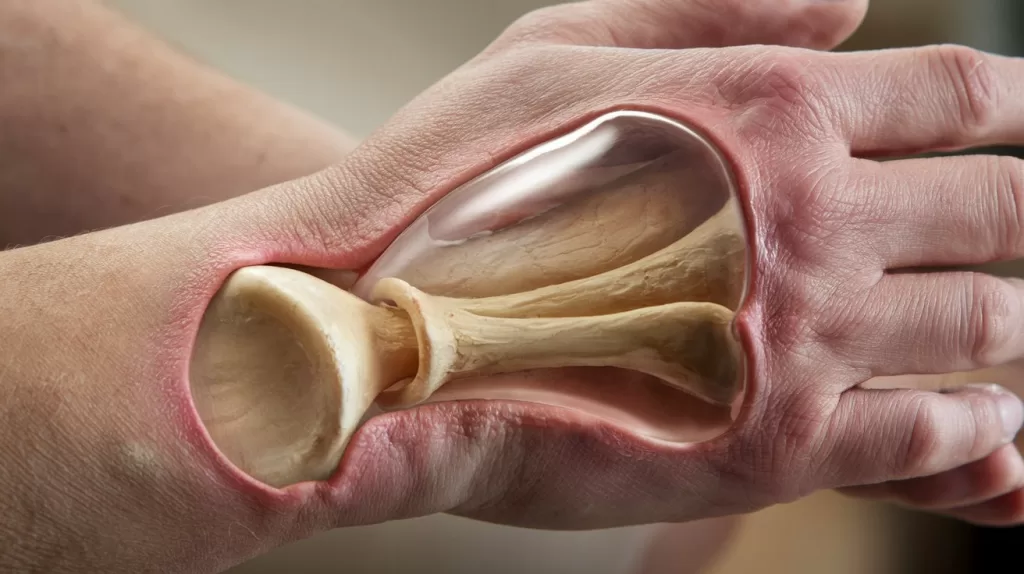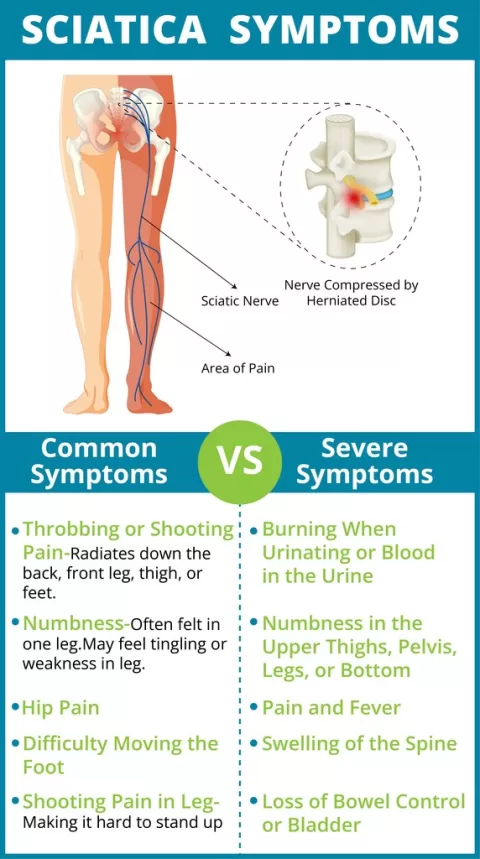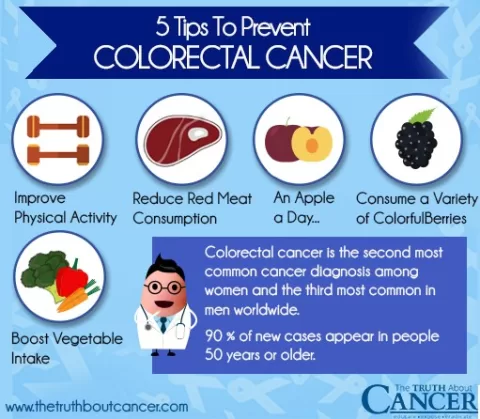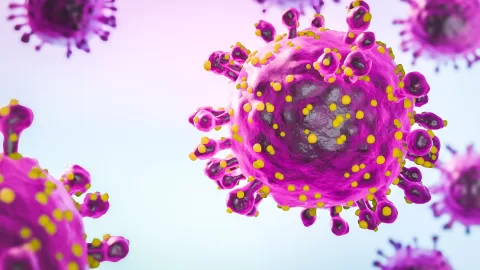Bone cysts present a unique challenge in the realm of bone health, being fluid-filled spaces that can develop within any bone in the body. These cysts, particularly unicameral bone cysts, are often benign but can lead to significant complications if left untreated. Symptoms of bone cysts may include pain, swelling, and even pathological fractures, which can occur with minimal trauma. Understanding the causes of bone cysts, which range from trauma to genetic factors, is essential for effective diagnosis and management. In this guide, we will delve into the various bone cyst treatment options available, helping you navigate the complexities of this condition.
When discussing bone abnormalities, one term that frequently arises is bone lesions, which encompass a variety of conditions including fluid-filled cavities known as cysts. These bone lesions can manifest in different forms, with unicameral bone cysts being one of the most common types, especially in children. The symptoms associated with these lesions can vary, leading to discomfort and potential fractures if the cysts are not monitored properly. Factors contributing to the development of these lesions include previous injuries, genetic predispositions, and rapid growth phases in youth. Awareness of the treatment options available for managing these conditions can empower individuals to seek timely intervention and improve their quality of life.
Understanding Unicameral Bone Cysts
Unicameral bone cysts, also referred to as simple bone cysts, are the most prevalent form of bone cysts primarily observed in pediatric patients. These cysts are typically fluid-filled cavities that develop within the bone, commonly affecting the long bones such as the humerus and femur. Although unicameral bone cysts are generally benign, they can lead to complications if they grow large enough to weaken the bone structure, potentially causing painful pathological fractures. This highlights the importance of early diagnosis and monitoring, especially in children experiencing rapid growth.
The development of unicameral bone cysts is often linked to the natural growth and maturation processes of bones in children. While many cases are asymptomatic and resolve without treatment, some cysts may present symptoms when exerting pressure on surrounding tissues or when they compromise the structural integrity of the bone. Physicians often recommend regular imaging studies for monitoring, ensuring that any changes in size or behavior of the cysts can be addressed promptly to prevent adverse outcomes.
Common Symptoms of Bone Cysts
Bone cysts can manifest a range of symptoms, though many individuals may remain asymptomatic for long periods. When symptoms do occur, they may include localized pain, swelling, or tenderness near the affected area. Patients may also experience limited mobility in adjacent joints, which can significantly impact day-to-day activities. Importantly, pathological fractures can occur with minimal trauma, often leading to unexpected pain and a need for medical evaluation.
In some instances, the pain associated with bone cysts can be persistent and debilitating, particularly in weight-bearing bones. As seen in clinical reports, such as that of Will Niven, who endured severe bone fractures due to multiple bone cysts, the implications of these lesions can extend beyond physical discomfort, affecting overall quality of life. Understanding these symptoms is crucial for timely diagnosis and intervention.
Causes of Bone Cysts: Exploring the Underlying Factors
The etiology of bone cysts remains a topic of ongoing research, with several potential causes identified. Trauma is one of the leading contributors, where injury to the bone may initiate cyst formation as part of the healing process. Additionally, developmental abnormalities during childhood can result in abnormal growth patterns, leading to the formation of bone cysts. Genetic factors also play a significant role, as seen in conditions like McCune-Albright syndrome, which predisposes individuals to multiple cysts.
Another important factor is the impact of growth spurts in children and adolescents. Rapid skeletal growth can create an environment conducive to the development of bone cysts, particularly in areas undergoing significant changes. Understanding these causes is crucial for both prevention and management strategies, as it allows healthcare providers to tailor their approach based on individual patient histories and risk factors.
Current Treatment Options for Bone Cysts
When it comes to managing bone cysts, treatment options vary based on the cyst’s characteristics, including its size, location, and whether it is causing symptoms. Observation is a common first step for asymptomatic cysts, as many may resolve spontaneously over time. However, for symptomatic cysts, more active interventions such as aspiration may be utilized to relieve pain and pressure, allowing for a quicker recovery and improved quality of life.
In cases where cysts are persistent or lead to complications, surgical options may be employed. Techniques such as curettage, where the cyst is scraped out, followed by bone grafting or the use of bone cement, are commonly used to fill the void created by the cyst. Recent advancements in surgical techniques have enhanced outcomes and reduced recovery times, providing hope for individuals affected by this condition. Collaboration with orthopedic specialists is essential to determine the most appropriate treatment plan tailored to each patient’s needs.
Research Insights on Bone Cysts and Related Complications
Ongoing research continues to shed light on the complexities of bone cysts, particularly unicameral bone cysts. Recent studies highlight the importance of understanding the clinical factors that contribute to pathological fractures, emphasizing the need for regular monitoring of cysts in pediatric patients. Such research not only informs treatment protocols but also enhances awareness among healthcare providers regarding the potential risks associated with these lesions.
Additionally, innovative treatment approaches documented in recent literature demonstrate the medical community’s commitment to improving management strategies for bone cysts. For instance, advanced minimally invasive surgical techniques are being explored to address expansile lytic lesions, providing more effective and less invasive options for patients. These findings underscore the importance of continual research to enhance our understanding and management of bone cysts, ultimately leading to better patient outcomes.
Frequently Asked Questions
What are the common symptoms of bone cysts?
The symptoms of bone cysts can vary, but many individuals may experience pain in the affected area, swelling, and tenderness. In some cases, bone cysts can lead to pathological fractures, which occur with minimal or no injury. Limited range of motion in nearby joints may also be a sign of symptomatic bone cysts.
What are the primary causes of bone cysts?
Bone cysts can result from various factors, including trauma to the bone, developmental abnormalities during childhood, and certain genetic conditions like McCune-Albright syndrome. Additionally, growth spurts in children can influence the formation of unicameral bone cysts.
What treatment options are available for bone cysts?
Treatment for bone cysts depends on their size and symptoms. Options include observation for asymptomatic cases, aspiration to drain fluid, corticosteroid injections to reduce inflammation, and surgical removal for larger or problematic cysts. Each treatment plan should be tailored to the patient’s specific needs.
How do unicameral bone cysts differ from other types of bone cysts?
Unicameral bone cysts, also known as simple bone cysts, are the most common type and primarily occur in children. They are typically benign and often asymptomatic. In contrast, other bone cysts may vary in complexity, symptoms, and potential malignancy, necessitating different management approaches.
Can bone cysts lead to pathological fractures?
Yes, bone cysts can lead to pathological fractures, especially if they are located in weight-bearing bones or are sufficiently large. These fractures occur with little or no trauma and can significantly affect an individual’s mobility and quality of life.
| Aspect | Details |
|---|---|
| Definition | Fluid-filled spaces within the bone, which can be benign or malignant. |
| Symptoms | Pain, swelling, tenderness, pathological fractures, limited motion. |
| Causes | Trauma, developmental abnormalities, genetic factors, growth spurts. |
| Recent Research | Studies on prevalence, complications, and innovative treatment techniques. |
| Treatment Options | Observation, aspiration, steroid injections, surgical removal. |
Summary
Bone cysts are fluid-filled spaces within the bone that can lead to various symptoms and complications. Understanding bone cysts is essential for early detection and treatment. They can develop due to trauma, genetic factors, or growth spurts, and while many are asymptomatic, some can cause pain and fractures. Recent research highlights the importance of monitoring these cysts, especially in children, and advancements in treatment options are available, ranging from observation to surgical intervention. Therefore, individuals experiencing any symptoms should seek medical advice to explore the best possible strategies for management.
The content provided on this blog (e.g., symptom descriptions, health tips, or general advice) is for informational purposes only and is not a substitute for professional medical advice, diagnosis, or treatment. Always seek the guidance of your physician or other qualified healthcare provider with any questions you may have regarding a medical condition. Never disregard professional medical advice or delay seeking it because of something you have read on this website. If you believe you may have a medical emergency, call your doctor or emergency services immediately. Reliance on any information provided by this blog is solely at your own risk.







